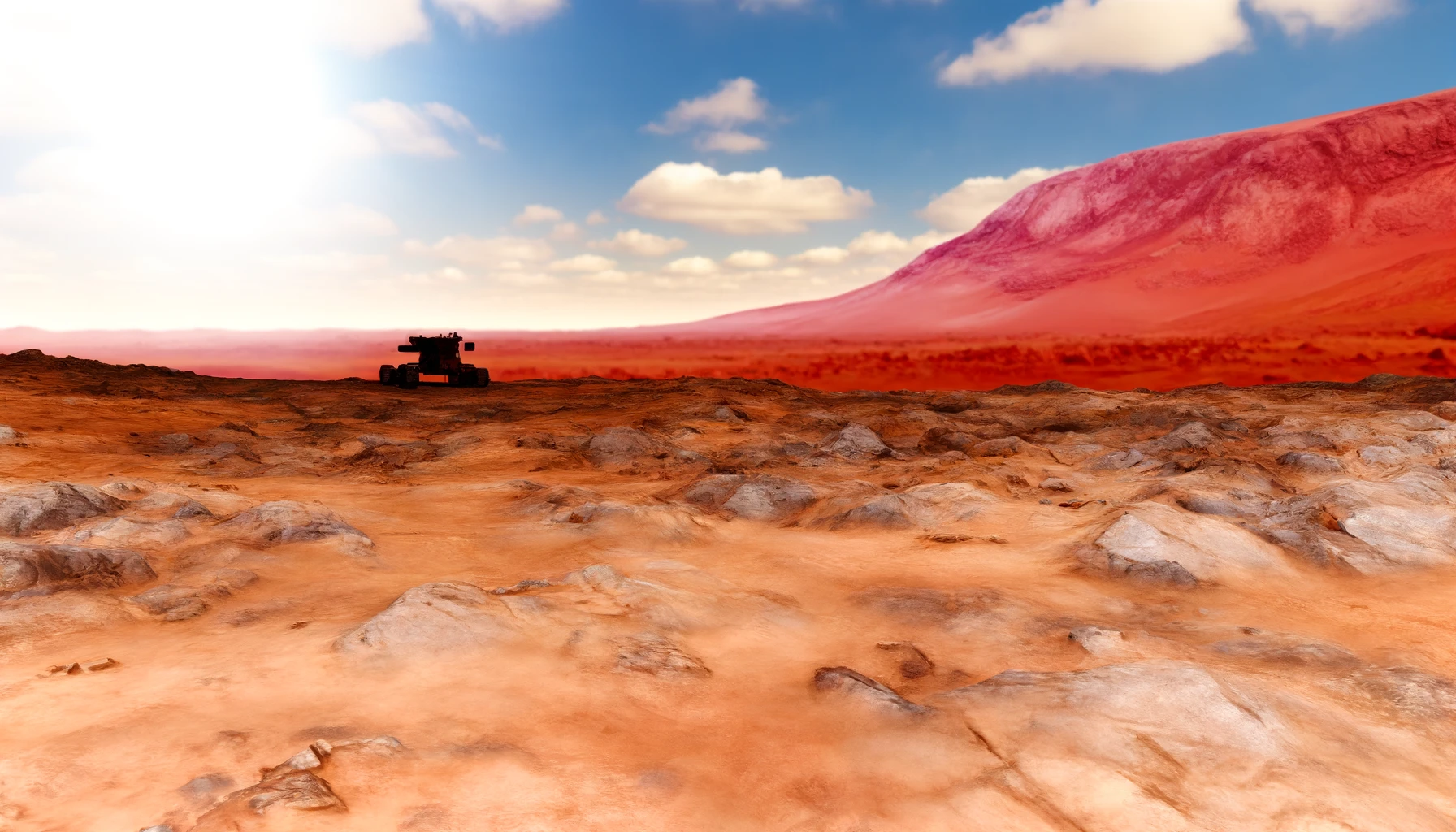The NASA/ESA Hubble Space Telescope recently captured a stunning image of NGC 2217, a barred spiral galaxy located in the constellation of Canis Major. This galaxy, approximately 65 million light-years away from Earth, is notable for its bright central bar and tightly wound spiral arms, making it a visually spectacular celestial body comparable in size to the Milky Way.
What Role Does the Central Bar Play?
In barred spiral galaxies like NGC 2217, the central bar is crucial for their evolution. It channels gas from the galaxy’s disk towards the center, where it can either contribute to new star formation or feed the supermassive black hole residing there. Supermassive black holes, which can be hundreds to billions of times more massive than the Sun, are common features in the centers of most large galaxies.
What Are the Unique Features of This Image?
The image of NGC 2217 was enhanced using data from the Panoramic Survey Telescope and Rapid Response System (Pan-STARRS), adding depth and clarity to the galaxy’s features. This colorization process helps astronomers study the complex structures and stellar populations within the galaxy.
How Does This Finding Relate to Previous Research?
This recent observation by Hubble ties back to earlier studies which have consistently highlighted the dynamic processes within barred spiral galaxies. These structures are not only fascinating from a visual standpoint but also provide key insights into the mechanisms that drive galaxy formation and evolution.
Relevant research includes a scientific paper published in the Astrophysical Journal, titled “Gas Dynamics and Star Formation in Barred Galaxies,” which elaborates on how the movement of gas influenced by the central bars can lead to varied star formation activities across different galaxies. This paper underscores the importance of high-resolution imaging, like that provided by Hubble, in understanding these complex dynamics.
In exploring related topics, articles from sources such as Astronomy Magazine and the Astrophysics Journal have also discussed the broader implications of understanding galactic structures. “Decoding the Spiral Structures in Galaxies” from Astronomy Magazine, and “The Lifecycle of Galactic Bars” from the Astrophysics Journal, both delve into how these features influence everything from star formation to the overall stability and longevity of galaxies.
Key Insights from Current Observations:
- Detailed imaging crucial for understanding galaxy dynamics.
- Central bars significantly influence star formation and black hole feeding.
- NGC 2217 serves as a case study for comparing theoretical models.
The findings from Hubble continue to challenge and refine our understanding of the universe. Through images like that of NGC 2217, astronomers can continue to piece together the vast puzzle of cosmic evolution. By comparing these new data with existing theories and models, astronomers can enhance our understanding of not only NGC 2217 but also similar galaxies throughout the cosmos. This ongoing research is vital, as it helps to confirm or recalibrate the longstanding theories that underpin our understanding of galactic mechanics and development.










